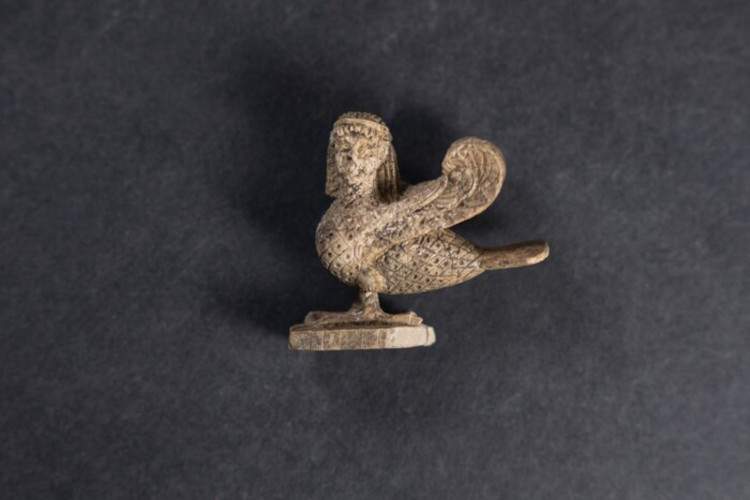From the excavation campaign in the Selinunte Archaeological Park led by archaeologist Clement Marconi and carried out through a collaboration between theInstitute of fine arts at New York University and theUniversity of Milan with theGerman Archaeological Institute, important finds have emerged.
Anagora of nearly 33,000 square meters, the remains on the acropolis of what appears to have been the sacred site of Selinunte’s first Greek settlers, but also amulets, an ivory mermaid and a stone mold used to cast a bronze scepter.
"Findings of the utmost importance for the knowledge of Selinunte in the Archaic and Classical periods. Results that have gone far beyond expectations," Clement Marconi, who has been involved in the study of the remains of the ancient Greek colony for decades, told Ansa. According to him, these are discoveries that shed new light on the history of this city.
“The most important discovery,” Marconi continues, "was that of a water fault under the foundations of Temple A, a detail that confirms the hypothesis that the first Greek settlers settled in this very southern portion of the Acropolis."
“An empty basin that impresses with its breadth and dense mystery,” Selinunte Archaeological Park director Felice Crescente told Ansa.
From Temple R, on the other hand, two objects emerged that will be displayed in the Park’s Antiquarium in the coming days: these are an amulet in the shape of a falcon and a miniature statuette of an ivory mermaid found in fragments and then reconstructed. Also found in Temple R was the missing part of a stone die that was used for casting a bronze object, possibly a scepter.
Photo: Ansa
 |
| Selinunte, major finds shed new light on city's history |
Warning: the translation into English of the original Italian article was created using automatic tools. We undertake to review all articles, but we do not guarantee the total absence of inaccuracies in the translation due to the program. You can find the original by clicking on the ITA button. If you find any mistake,please contact us.